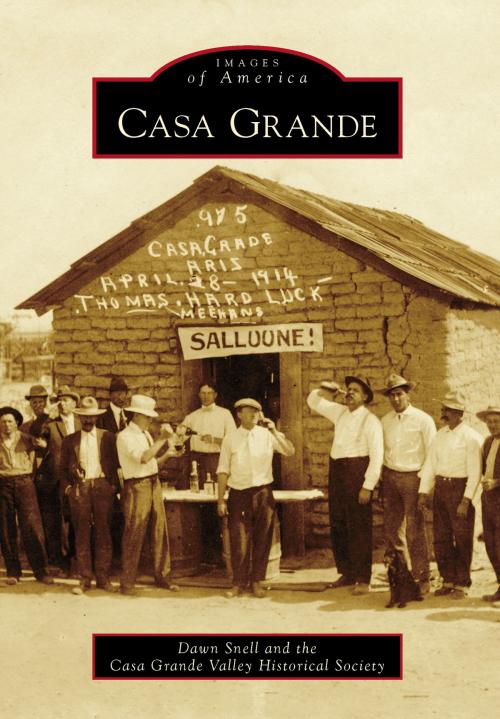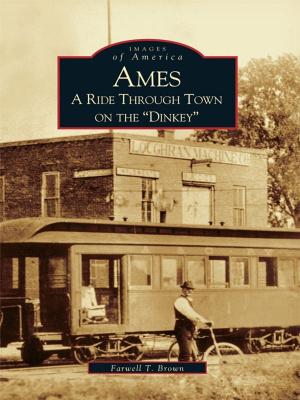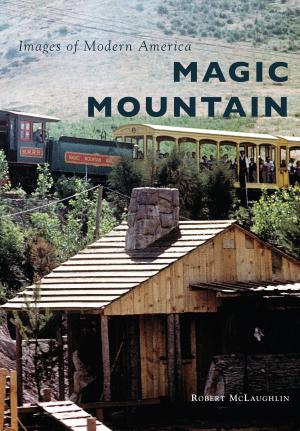| Author: | Dawn Snell, Casa Grande Valley Historical Society | ISBN: | 9781439649824 |
| Publisher: | Arcadia Publishing Inc. | Publication: | November 28, 2011 |
| Imprint: | Arcadia Publishing | Language: | English |
| Author: | Dawn Snell, Casa Grande Valley Historical Society |
| ISBN: | 9781439649824 |
| Publisher: | Arcadia Publishing Inc. |
| Publication: | November 28, 2011 |
| Imprint: | Arcadia Publishing |
| Language: | English |
Casa Grande, Arizona, is located on desert and farmland between Tucson and Phoenix and began as the end of an unfinished railroad line�thus its early name, Terminus. On May 19, 1879, when early summer heat halted construction of the railroad in what would soon become Casa Grande, only three buildings and five residents constituted the town. The names reflect the ethnic diversity of the sparse population: Buckalew, Ochoa, Smith, Watzlavocki, and Fryer. In September 1880, executives of the Southern Pacific Railroad Company named the town Casa Grande after the prehistoric Hohokam Indian ruins located 20 miles to the east. This volume illustrates how a desert railroad stop grew into a city. Today, as Casa Grande�s population increases, new neighborhoods, schools, malls, and entertainment venues provide exciting new reasons for living here. However, as the population grows, the town struggles to retain its identity as an agricultural community.
Casa Grande, Arizona, is located on desert and farmland between Tucson and Phoenix and began as the end of an unfinished railroad line�thus its early name, Terminus. On May 19, 1879, when early summer heat halted construction of the railroad in what would soon become Casa Grande, only three buildings and five residents constituted the town. The names reflect the ethnic diversity of the sparse population: Buckalew, Ochoa, Smith, Watzlavocki, and Fryer. In September 1880, executives of the Southern Pacific Railroad Company named the town Casa Grande after the prehistoric Hohokam Indian ruins located 20 miles to the east. This volume illustrates how a desert railroad stop grew into a city. Today, as Casa Grande�s population increases, new neighborhoods, schools, malls, and entertainment venues provide exciting new reasons for living here. However, as the population grows, the town struggles to retain its identity as an agricultural community.















